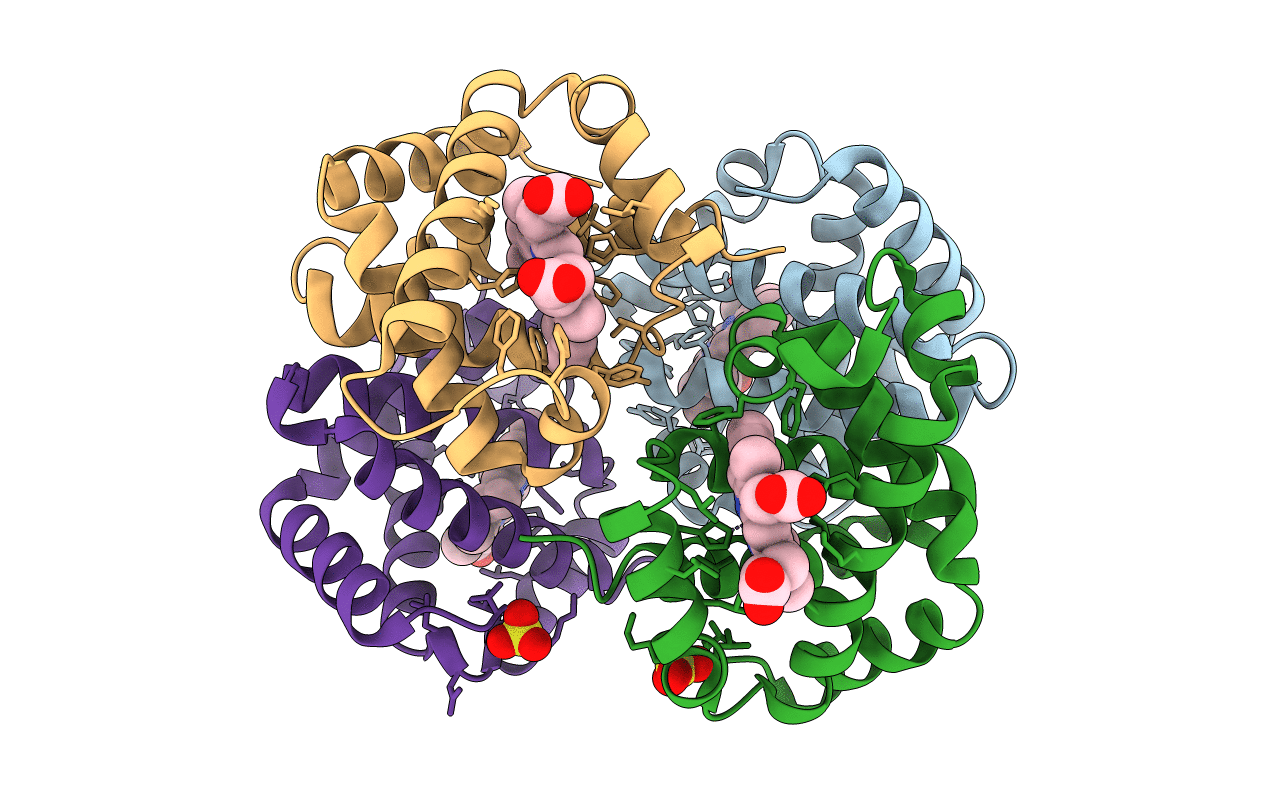
Deposition Date
1994-09-29
Release Date
1995-01-26
Last Version Date
2023-08-30
Entry Detail
PDB ID:
2HHD
Keywords:
Title:
OXYGEN AFFINITY MODULATION BY THE N-TERMINI OF THE BETA-CHAINS IN HUMAN AND BOVINE HEMOGLOBIN
Biological Source:
Source Organism:
Homo sapiens (Taxon ID: 9606)
Method Details:
Experimental Method:
Resolution:
2.20 Å
R-Value Observed:
0.13
Space Group:
P 1 21 1


